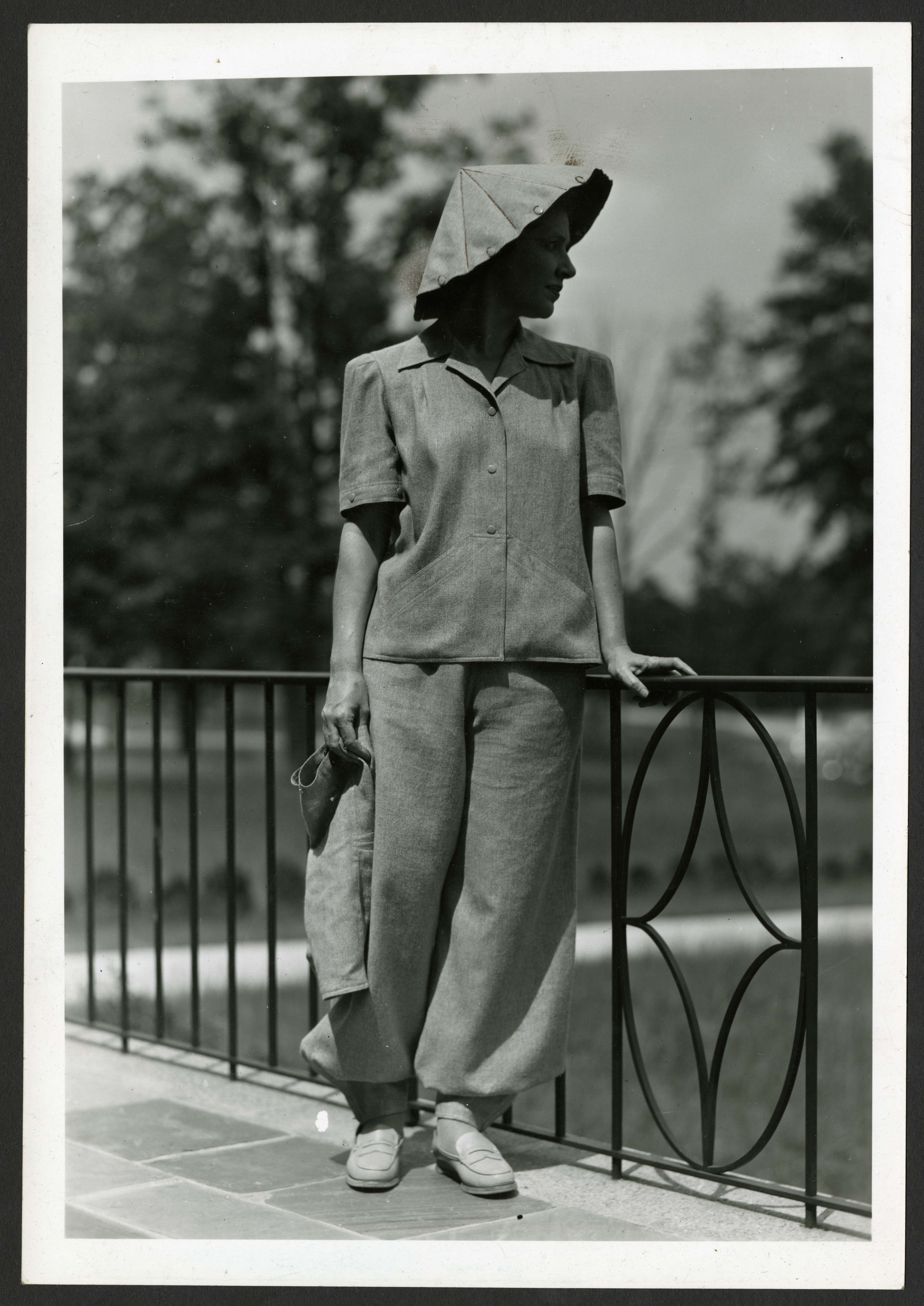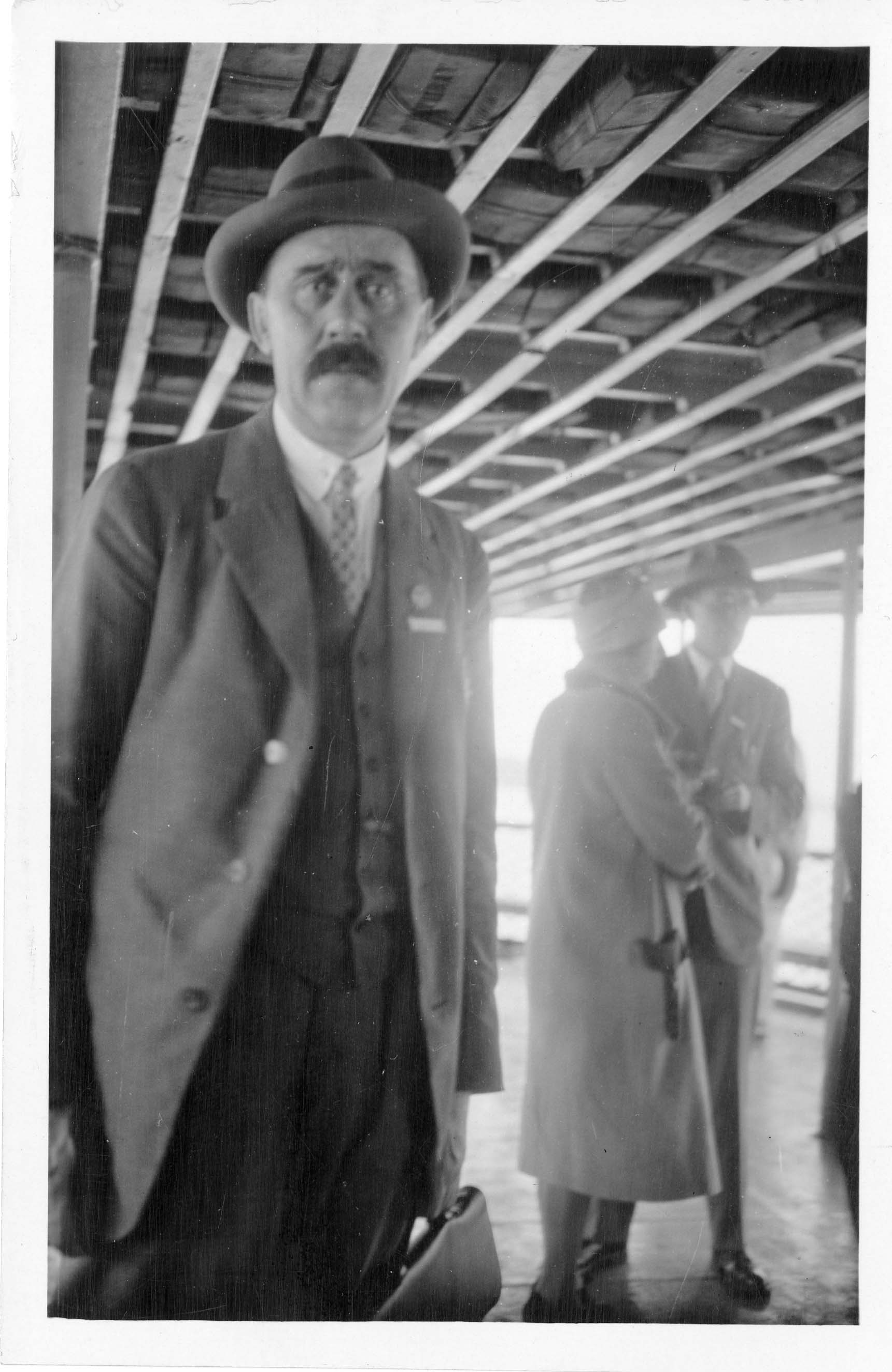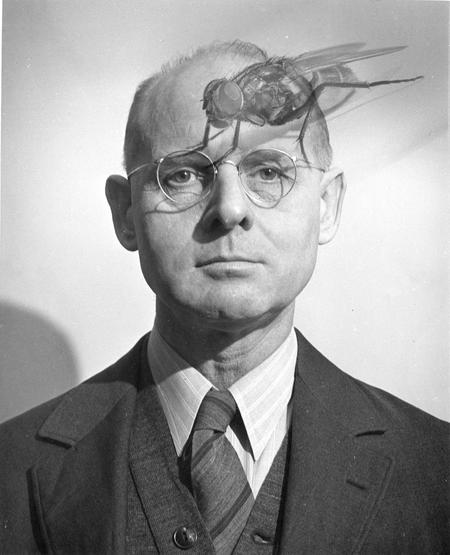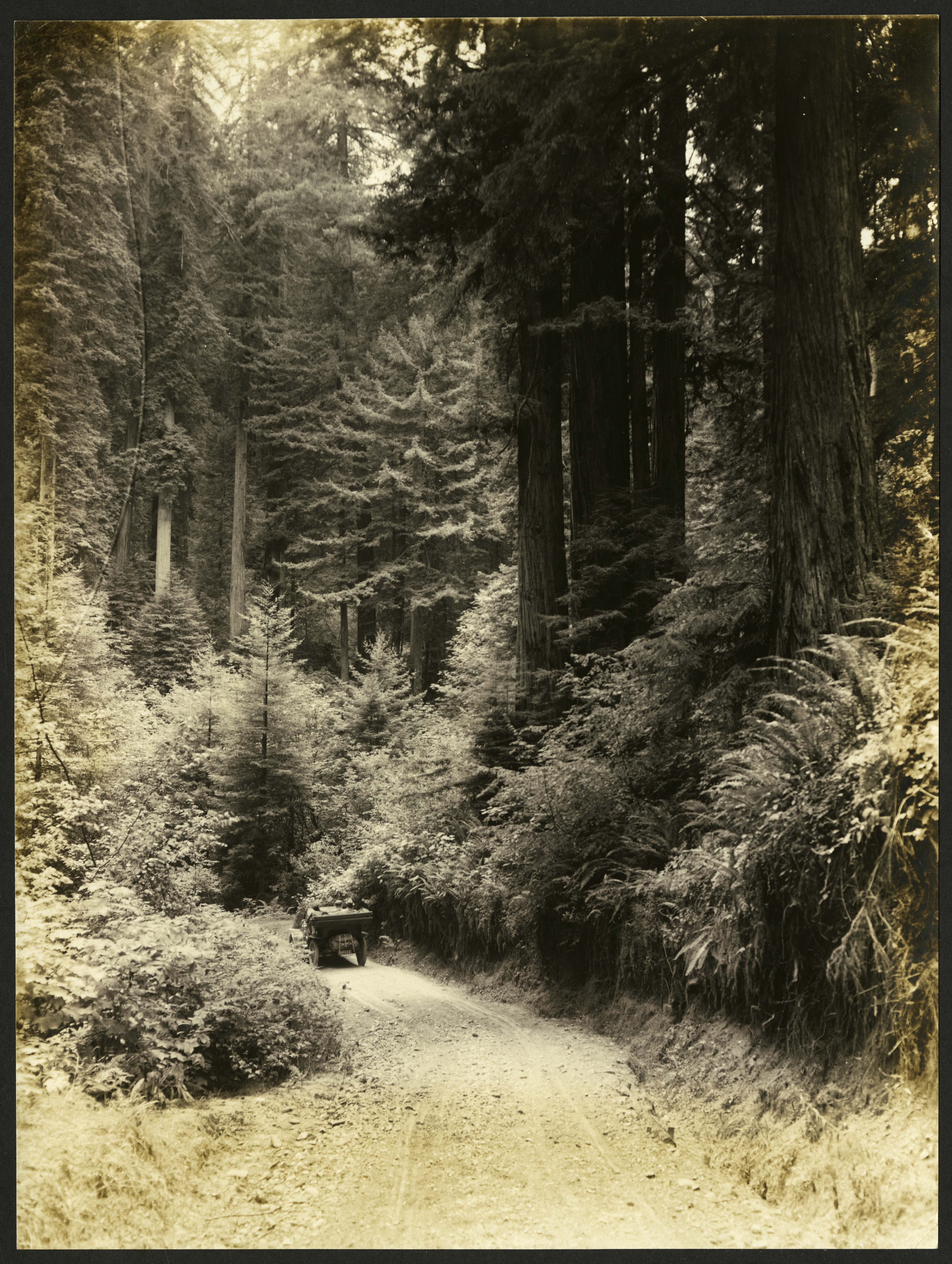Results for "United States. Internal Revenue Service"

The Smithsonian International Exchange Service in World War II
- Date: July 16, 2020
- Creator: Jessica Scott
- Description: While responding to a digitization request, I uncovered the story of how the Smithsonian International Exchange Service (1849-1992) helped rebuild the library collections of Chinese cultural heritage institutions during the Second World War.
- Blog Post
Science Service, Up Close: "Stealth Authors" and An Appreciation of Honesty
- Date: March 24, 2015
- Creator: Marcel Chotkowski LaFollette
- Description: "Stealth Authors" and an appreciation of honesty when it came to women writers of science in the early 20th century.

Science Service, Up Close: Making Do
- Date: June 4, 2015
- Creator: Marcel Chotkowski LaFollette
- Description: Science Service: Up Close - Looking at the "defense fashions" for female workers during World War II.

Science Service, Up Close: A Slow Boat Down the River
- Date: June 18, 2015
- Creator: Marcel Chotkowski LaFollette
- Description: Watson Davis photographed visiting scientists on a June 1927 Potomac River boat trip to Mount Vernon.
- Blog Post
Science Service, Up Close: Up in the Air for a Solar Eclipse
- Date: January 24, 2017
- Creator: Marcel Chotkowski LaFollette
- Description: On January 24, 1925, for the first time in over a century, a total solar eclipse would be visible across the northern part of the United States. How scientists used a dirigible to observe the phenomenon.
- Blog Post
Science Service, Up Close: Field Work at Yellowstone
- Date: July 2, 2015
- Creator: Marcel Chotkowski LaFollette
- Description: Who is the man at right, standing in Yellowstone National Park with Dutch geologist Henrik Albertus Brouwer?

Science Service, Up Close: Laughing All the Way
- Date: April 1, 2015
- Creator: Marcel Chotkowski LaFollette
- Description: Humor and its manifestation at Science Service.

Science Service, Up Close: “Charlie Is My Darling” — Lindbergh in Washington, June 1927
- Date: February 2, 2017
- Creator: Marcel Chotkowski LaFollette
- Description: On June 11, 1927, 25-year-old Charles Lindbergh, and his plane Spirit of St. Louis, arrived back in the United States, and Washington, D.C. threw a party.

Science Service, Up Close: Women in Geology and Paleontology
- Date: March 14, 2019
- Creator: Marcel Chotkowski LaFollette
- Description: To celebrate Women’s History Month, here are two examples of 20th-century women who applied their education and expertise in geology and paleontology outside traditional university career paths.

Science Service, Up Close: George Sarton, Watson Davis, and “Panache”
- Date: June 23, 2016
- Creator: Marcel Chotkowski LaFollette
- Description: For historians of science, the name “Sarton” resonates like a deep-throated bell. Isis, the international journal that chemist and mathematician George Sarton (1884-1956) founded in Belgium in 1913, is now the premier publication of the History of Science Society. The field he envisioned is flourishing as well as continually responding to changes in science and its social
- Blog Post
Science Service, Up Close: Father’s Day “Gene-ius”
- Date: June 13, 2019
- Creator: Marcel Chotkowski LaFollette
- Description: To celebrate Father’s Day 2019, here are three photographs of famous fathers and sons in biology and physics.

Science Service, Up Close: Save the Redwoods
- Date: May 21, 2015
- Creator: Marcel Chotkowski LaFollette
- Description: Science Service: Up Close - Pictures from the Bolling Memorial Redwood Grove, Humboldt County, California.
